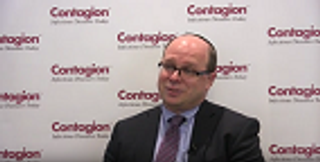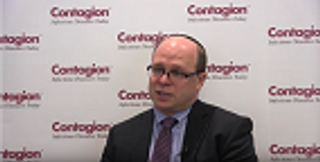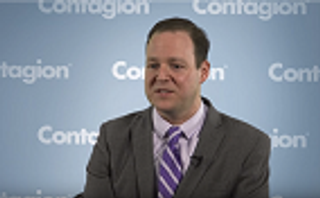
Sexually Transmitted Diseases
Latest News
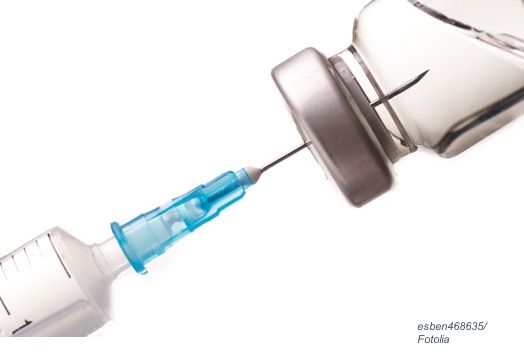
Latest Videos

CME Content
More News

A study reports that weight gain in individuals on ART was associated with lower BMI, reduced proportion of hypogonadism, increased proportion of psychiatric disorders, and non-PI-containing regimens.

A study characterizes the genotypic profile and the phenotypic susceptibility to temsavir in patients with multidrug resistant HIV who could be candidates for fostemsavir.

Investigators report 12-month outcomes from the Botswana Epidemiological ART Treatment Cohort Study (BEAT), an observational research cohort tracking virologic and clinical outcomes of people living with HIV who are beginning dolutegravir-based regimens.

Using EHR data, a study team identified 6076 potential PrEP candidates in a large health system, of whom 5577 (92%) were not on PrEP at the time.
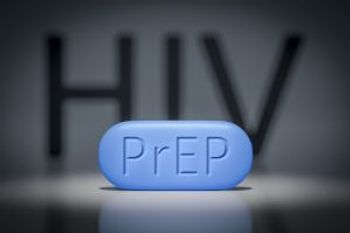
PrEP use in persons with undetected HIV infections contributes to drug resistance and has investigators urging regular screening.
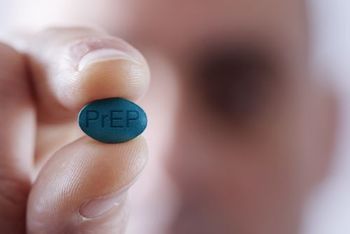
HIV incidence rates in MSM and transgender women taking F/TAF or F/TDF were found to be very low and significantly less than the rate in at-risk individuals not on PrEP in the US.

Paul Drain, MD, MPH, discusses the results of a study evaluating point-of-care viral load testing and discusses the advantages to implementation.

Following FDA approval of a single-tablet bictegravir, emtricitabine, and tenofovir alafenamide regimen for use in adults with HIV, investigators are exploring the safety and efficacy of the same therapy in children and adolescents aged 6 to 18 years.

Weight gain is often a concern for patients on ART. But what about the metabolic impact of PrEP on HIV-uninfected individuals?

DOLPHIN-2 reports that dolutegravir is well-tolerated and achieves more rapid virological suppression prior to delivery compared to efavirenz when initiated during pregnancy.

Bacterial sexually transmitted infections are still prevalent among men who have sex with men in England, but PrEP and other measures have sharply cut the rate of new HIV diagnoses.

A trial comparing raltegravir with efavirenz for antiretroviral therapy in treatment naïve pregnant women with HIV supports the use of raltegravir, especially for women starting ART later in gestation.
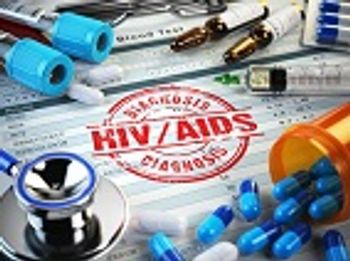
Anthony Fauci, MD, director of the National Institute of Allergy and Infectious Diseases, has been fighting HIV/AIDS since the 1980s when the virus was first discovered. Now, thanks to a joint effort by multiple arms of the US Department of Health and Human Services, he’s making headway.

Investigators from England report the longest adult HIV remission observed since the Berlin patient.
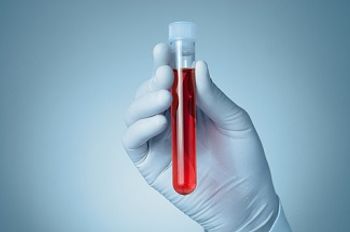
Over a 12-month study, there was a 13.9% increase of retention with viral load suppression among participants who received rapid viral load results following point-of-care testing.
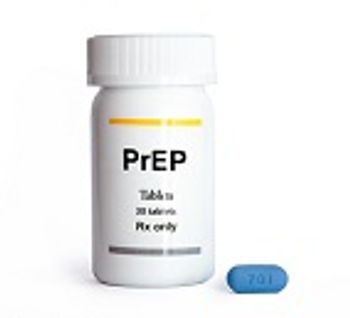
Recognizing that many college students are in the riskiest category, agewise, for HIV, new guidelines aim to help providers be more proactive about PrEP.
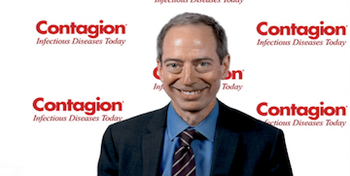
Paul Sax, MD, explains how he would demystify PrEP to clinicians who are not comfortable using HIV medications.
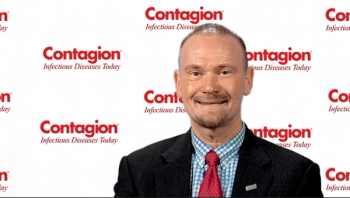
W. David Hardy, MD, adjunct professor of medicine in the Division of Infectious Disease at Johns Hopkins University, talks about the challenges of treating patients with HIV and comorbidities.

Paul Sax, MD, explains the lack of concrete progress in the curing of HIV.
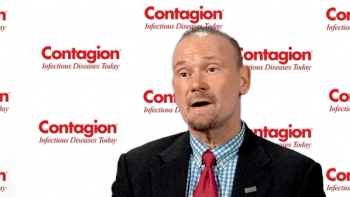
W. David Hardy, MD, discusses long-acting injectable agents in the pipeline.

Using genome sequencing, investigators have been able to identify clusters of individuals with HIV—with a particular focus on transgender women.

Women in the South look to family planning providers for more information about HIV PrEP, according a recent study in the journal Contraception.

Paul Edward Sax, MD, explains how one obstacle of HIV treatment and care is maintaining adherence.

W. David Hardy, MD, discusses the Undetectable Equals Untransmittable (U=U) movement.

A new assay distinguishes between intact and defective HIV proviruses in infected cells, a study reports.






